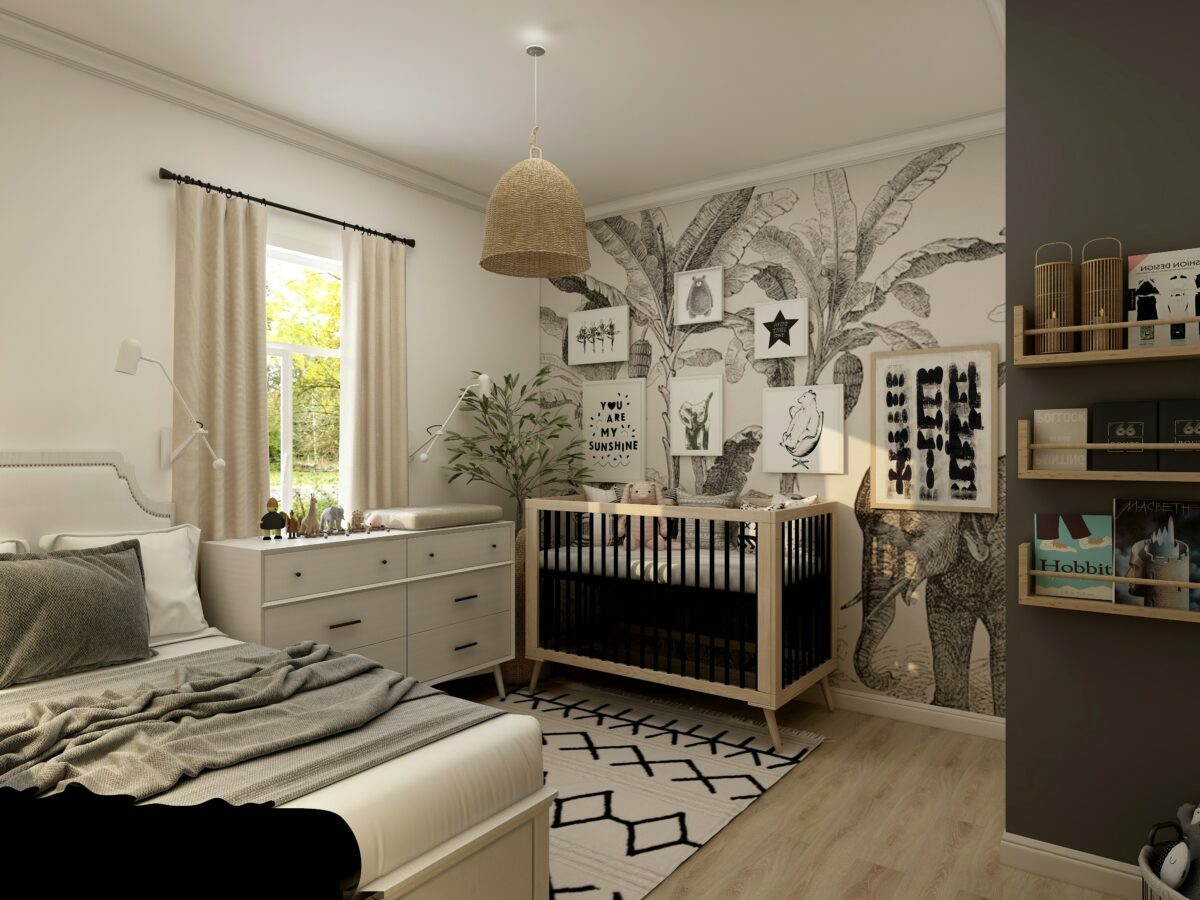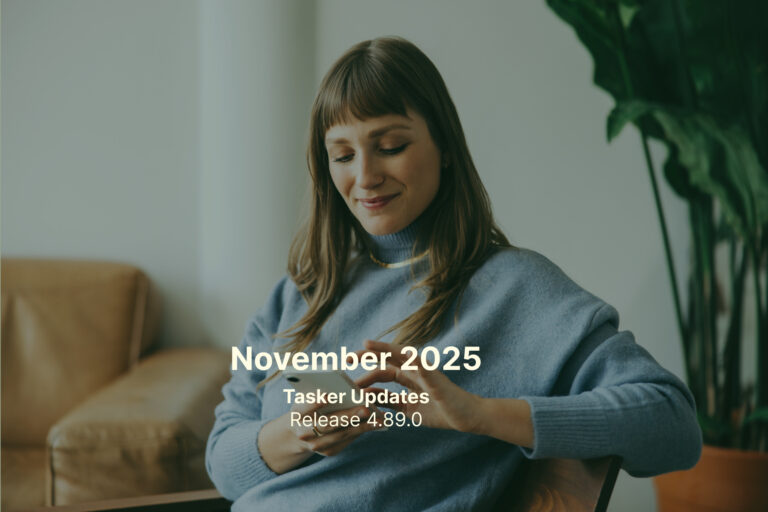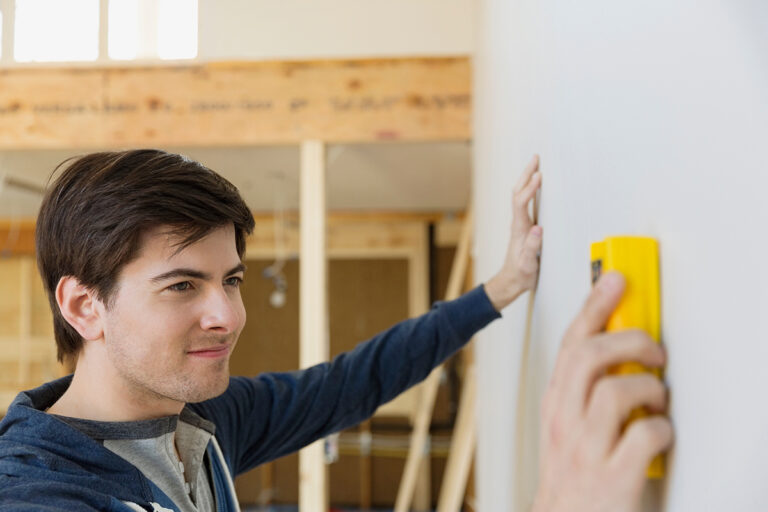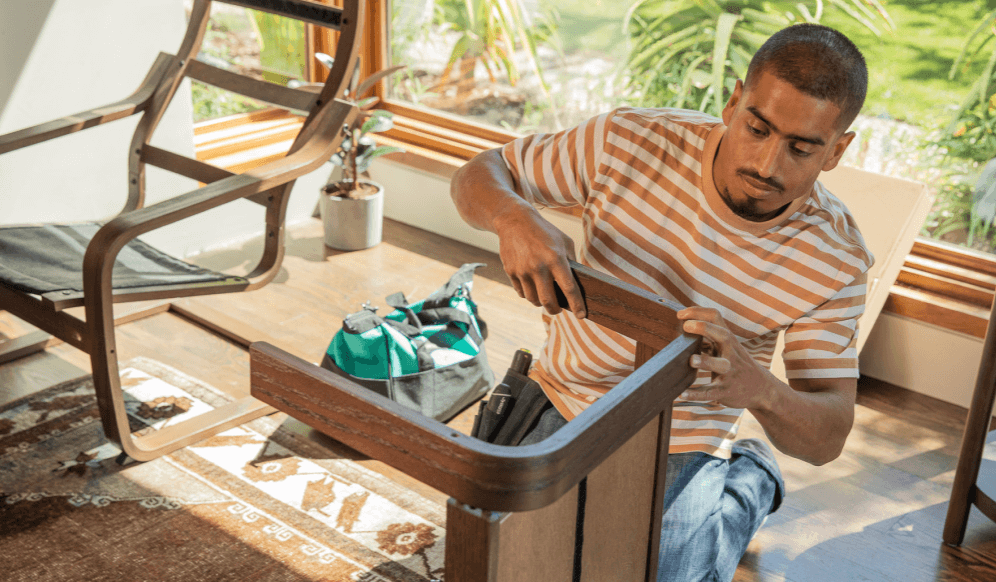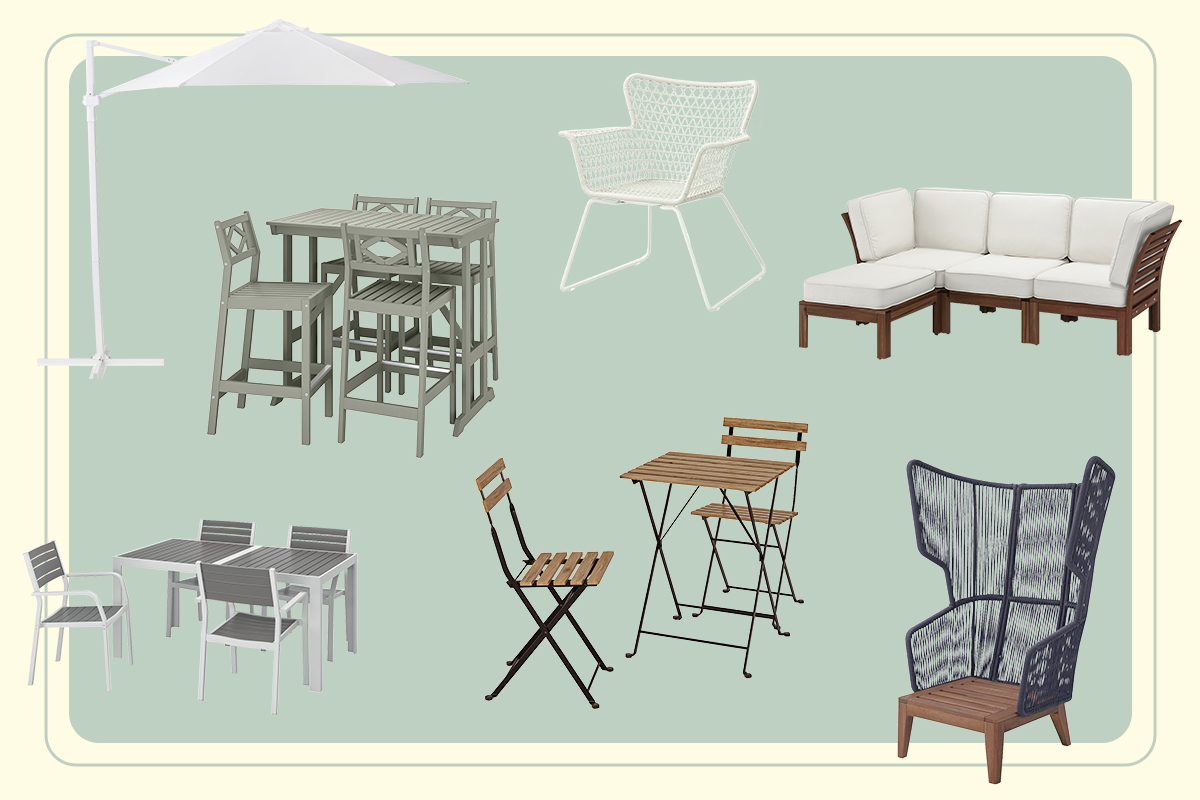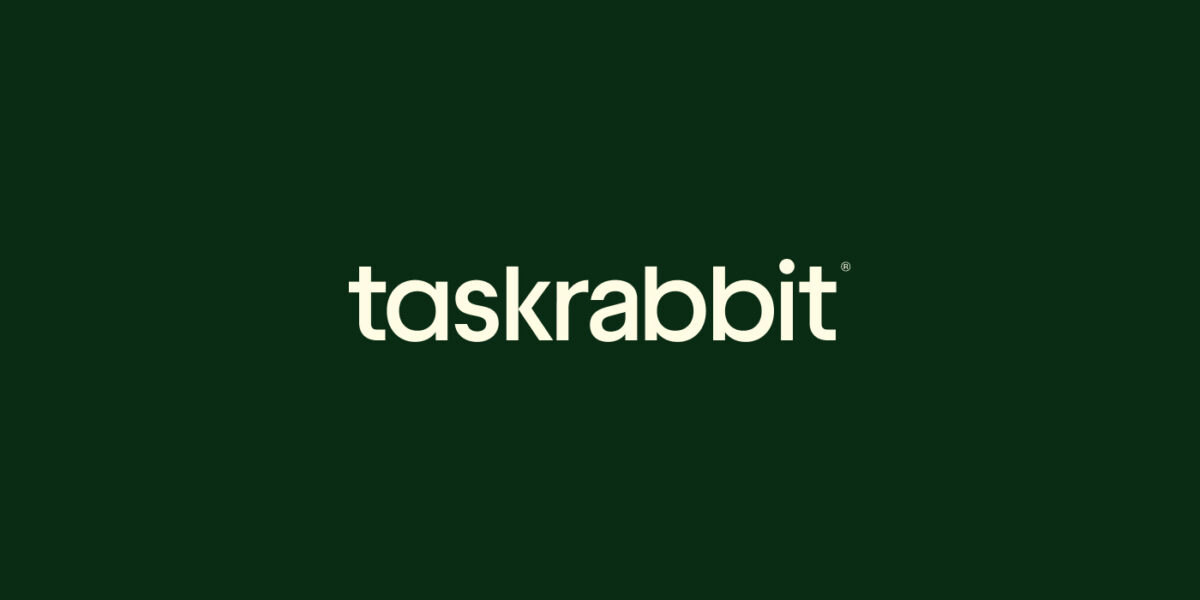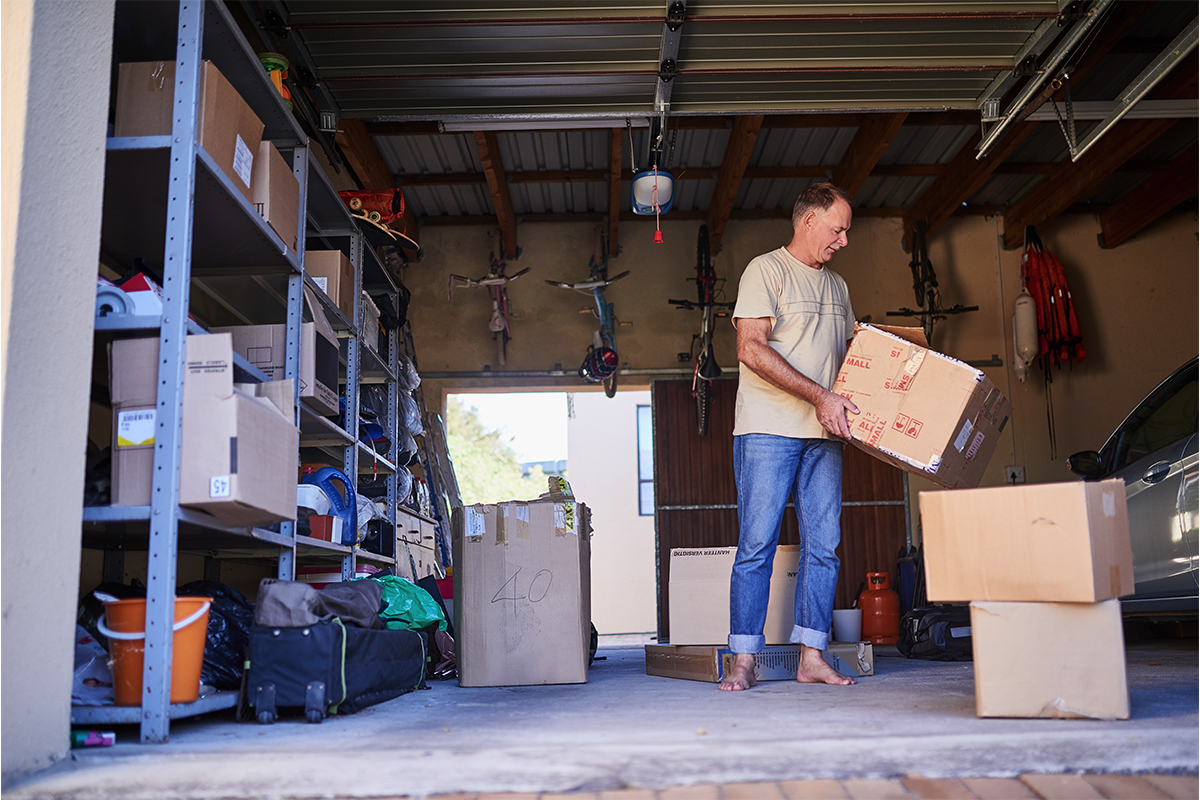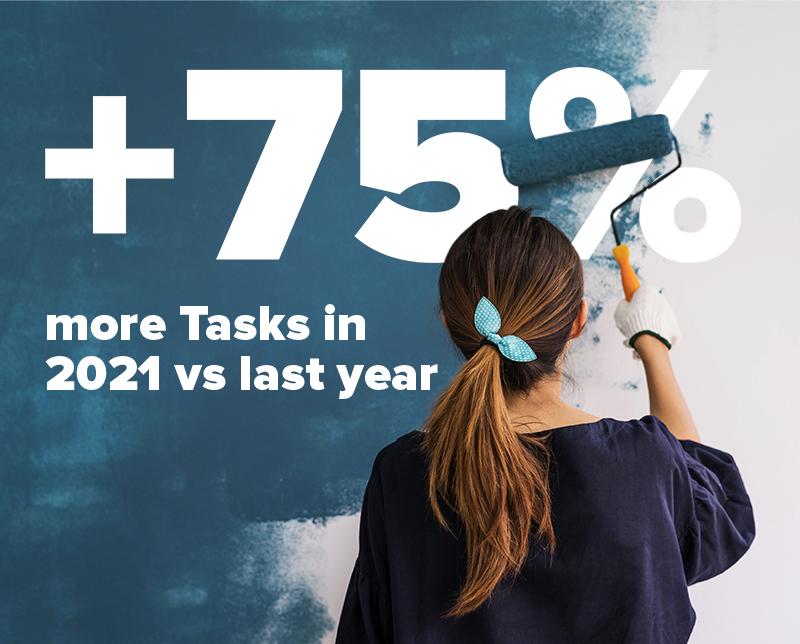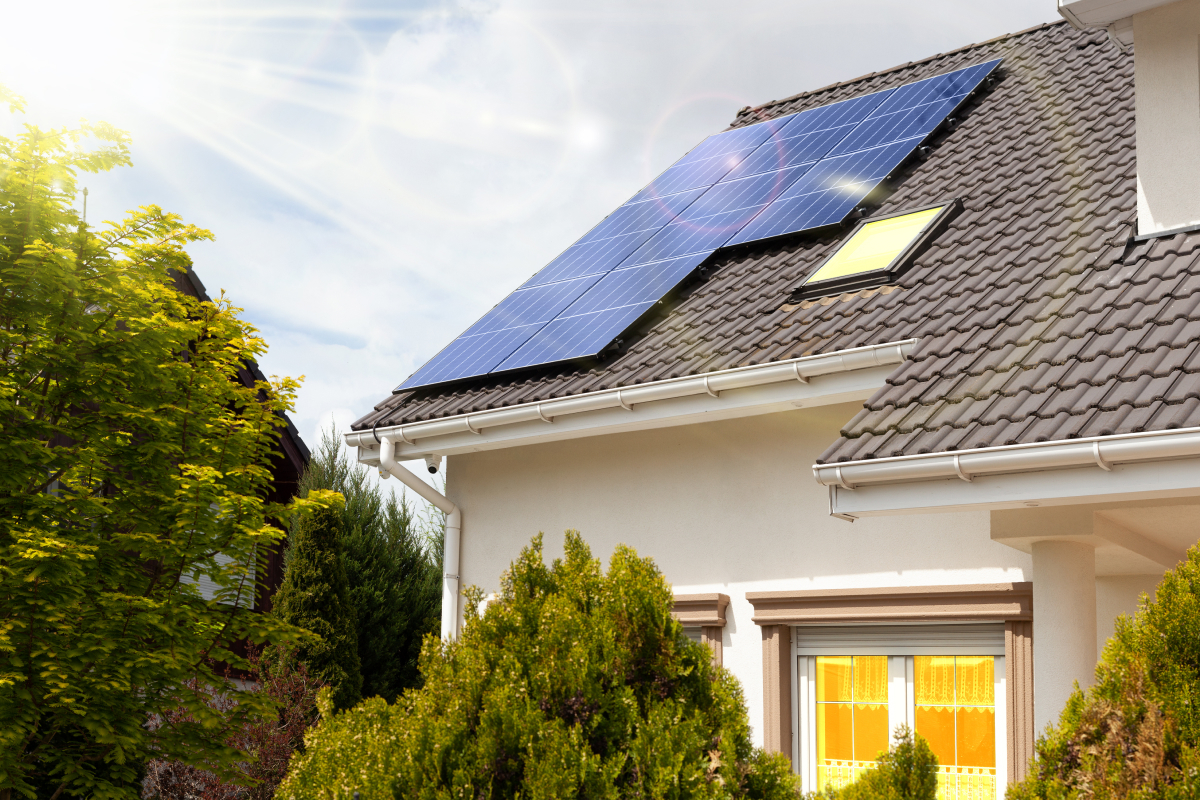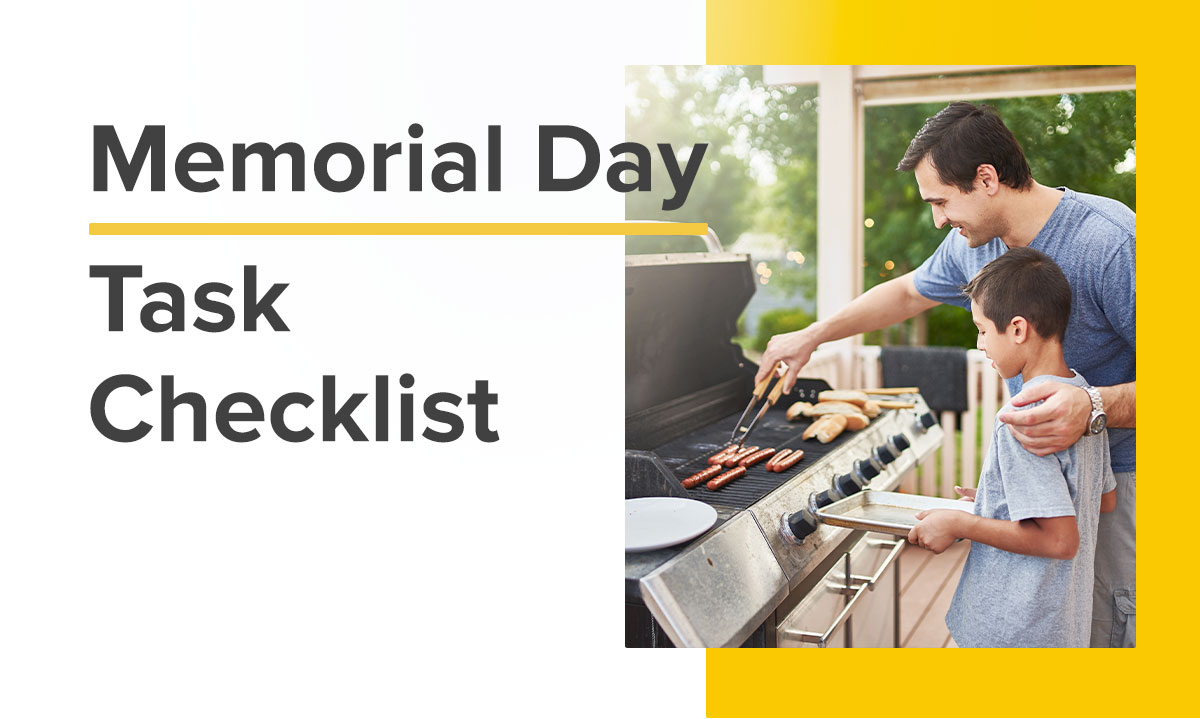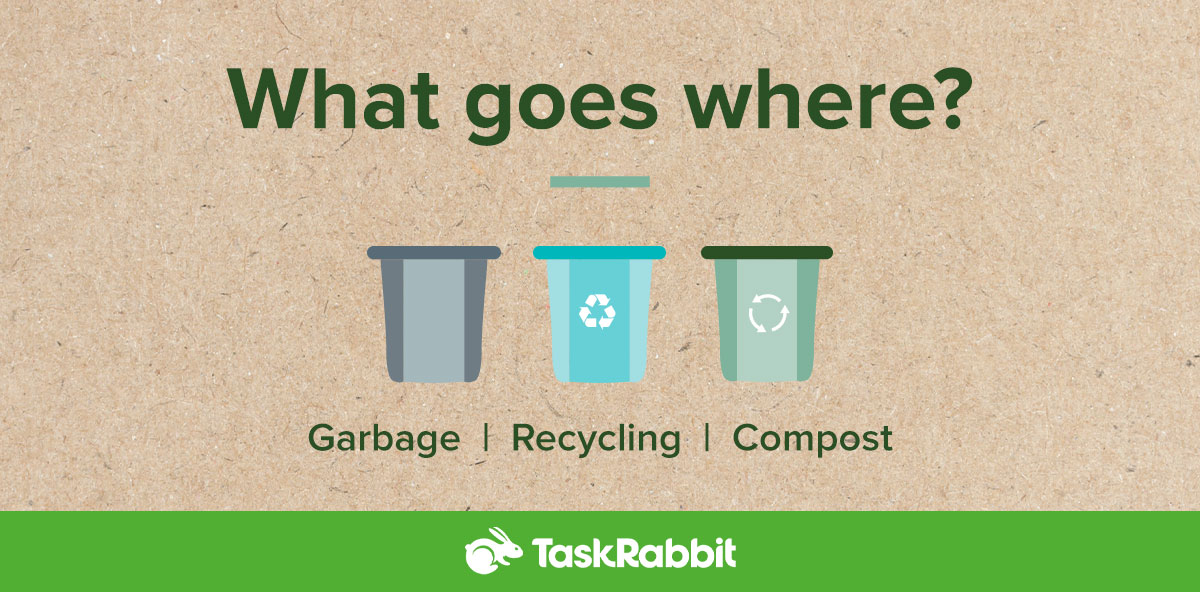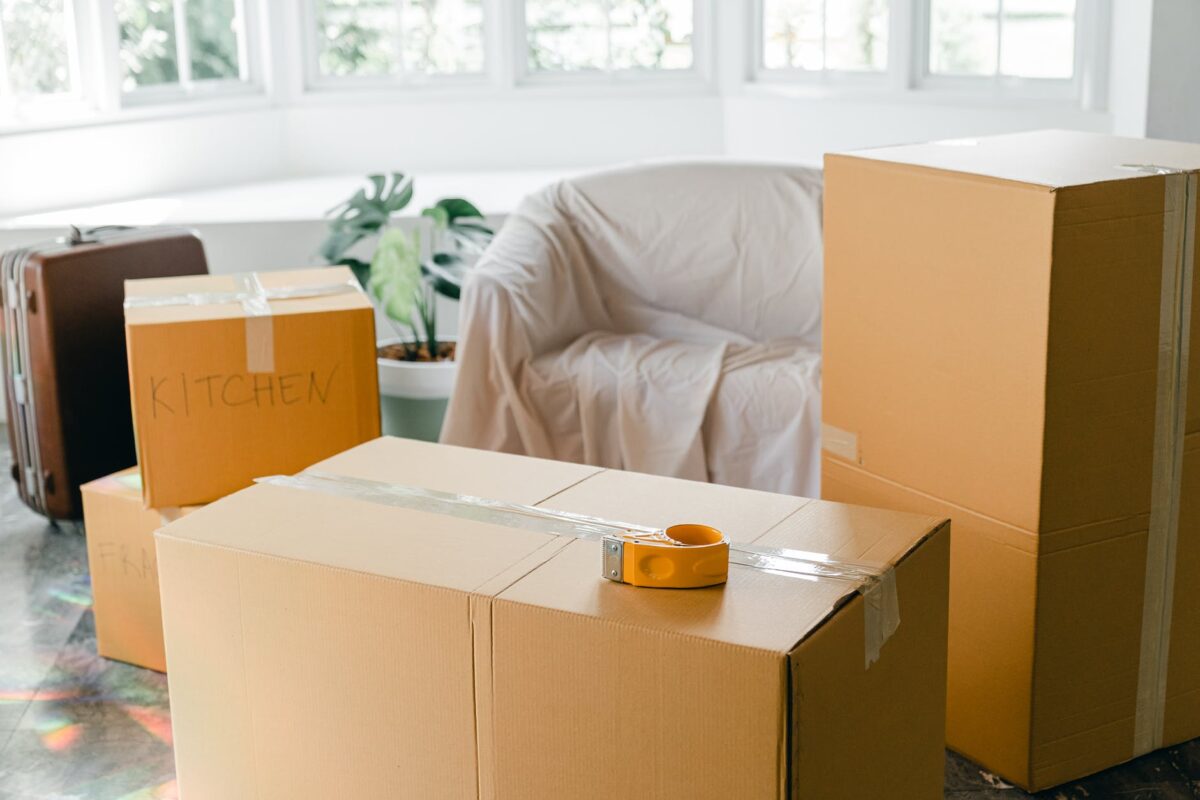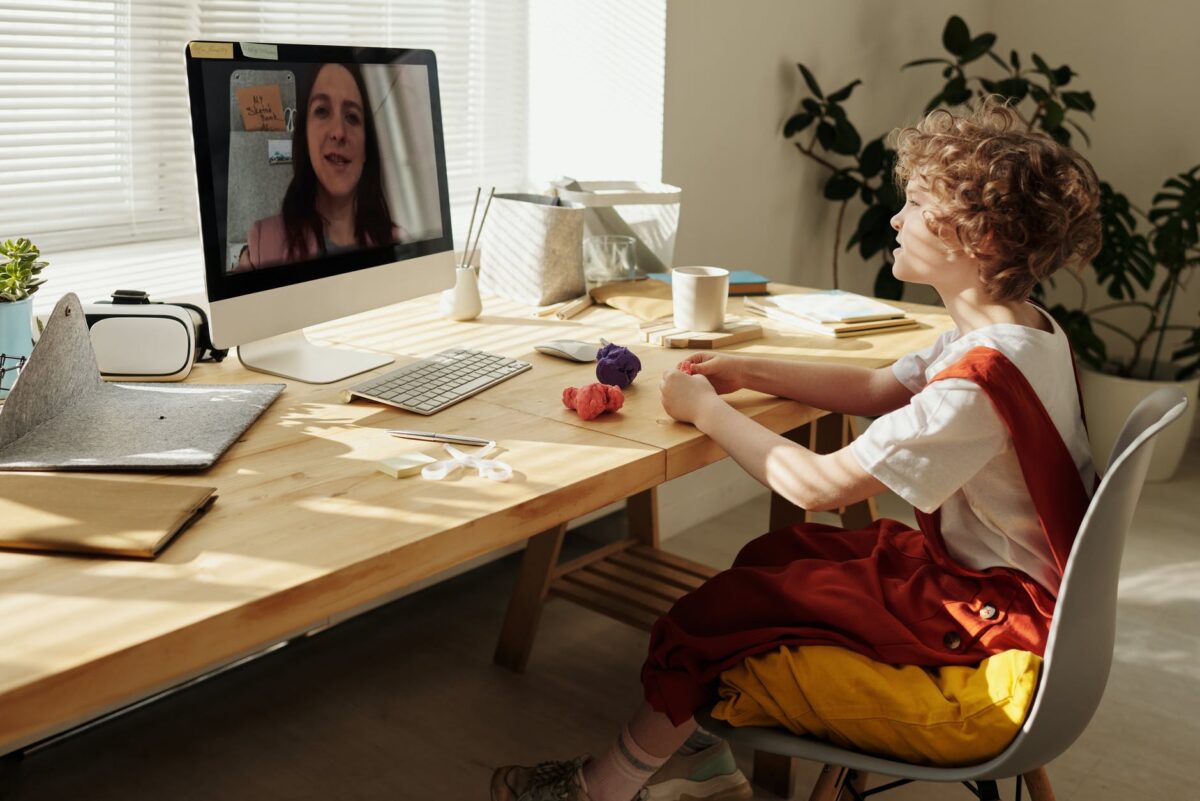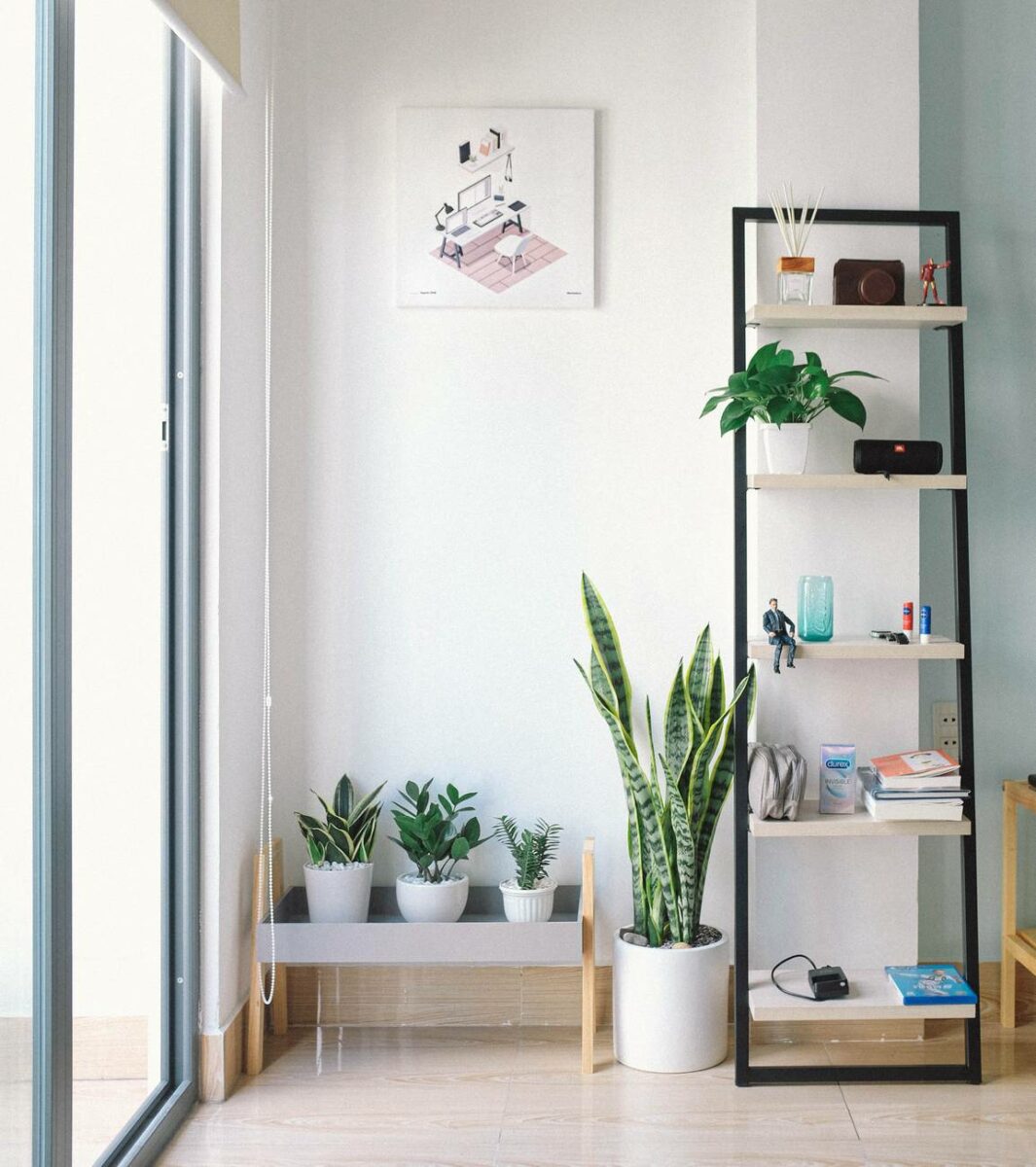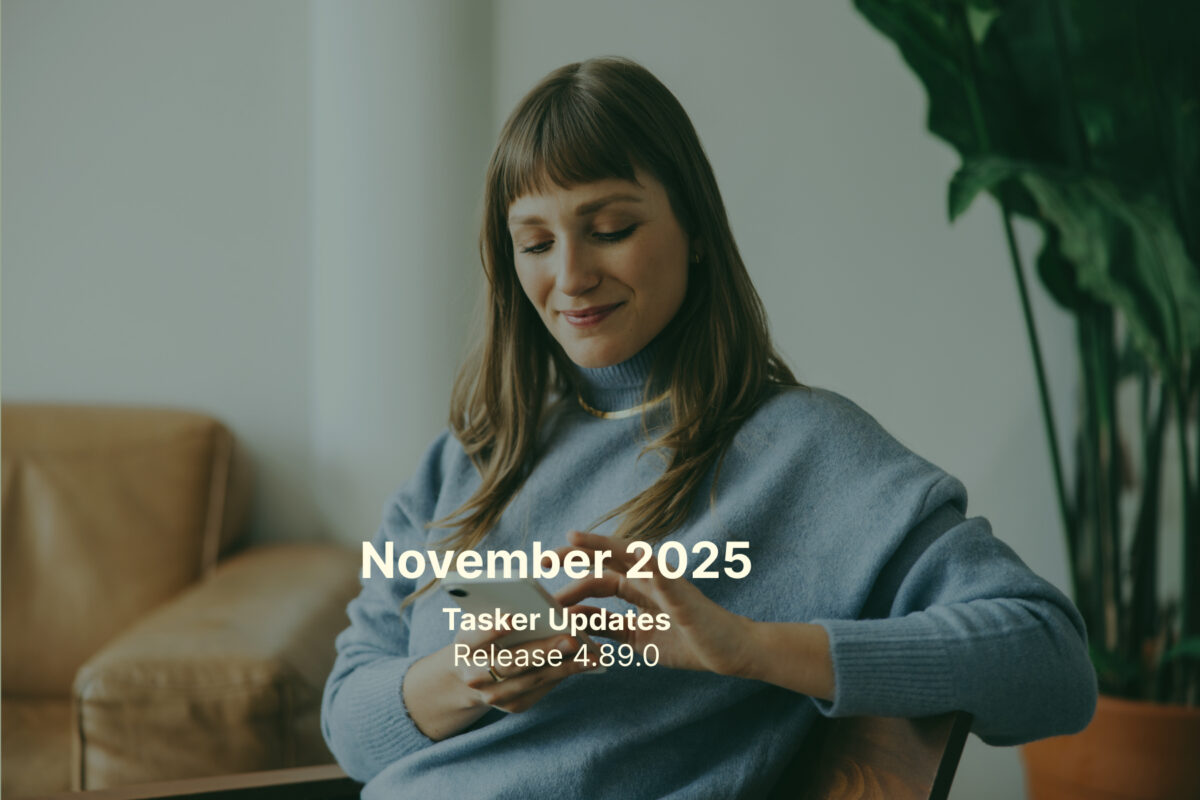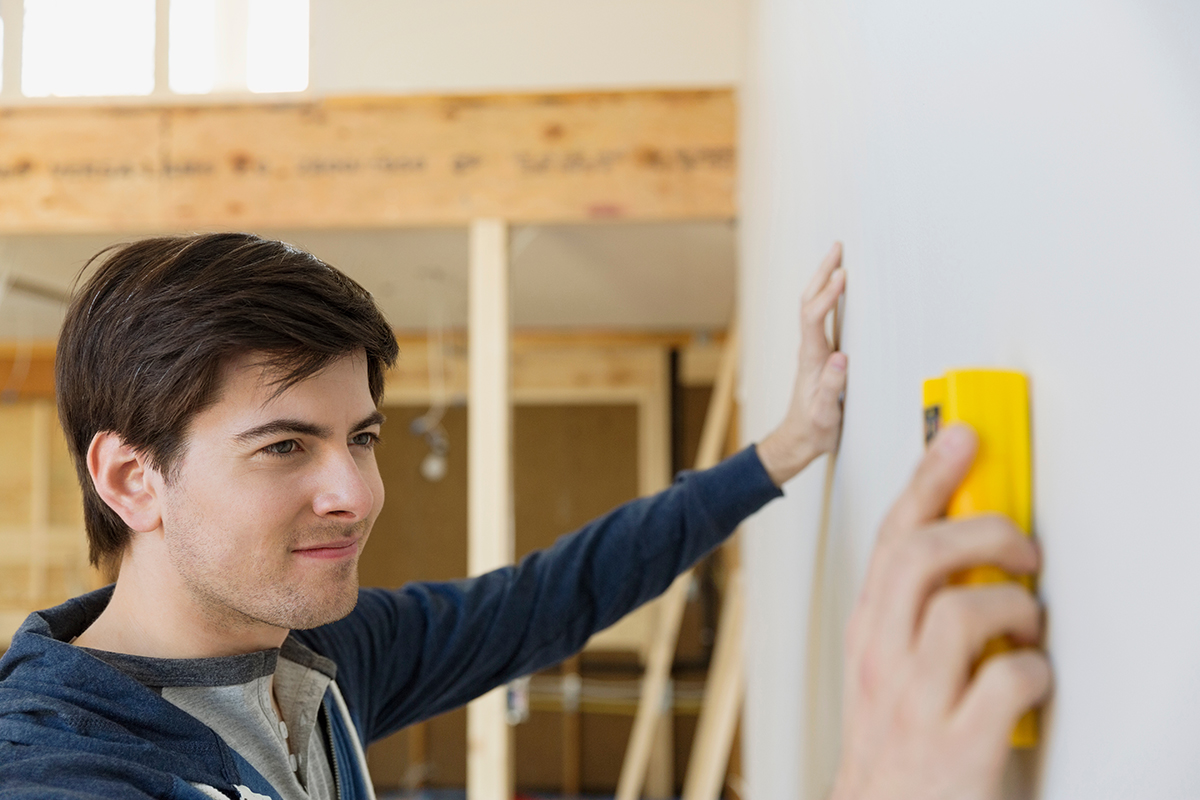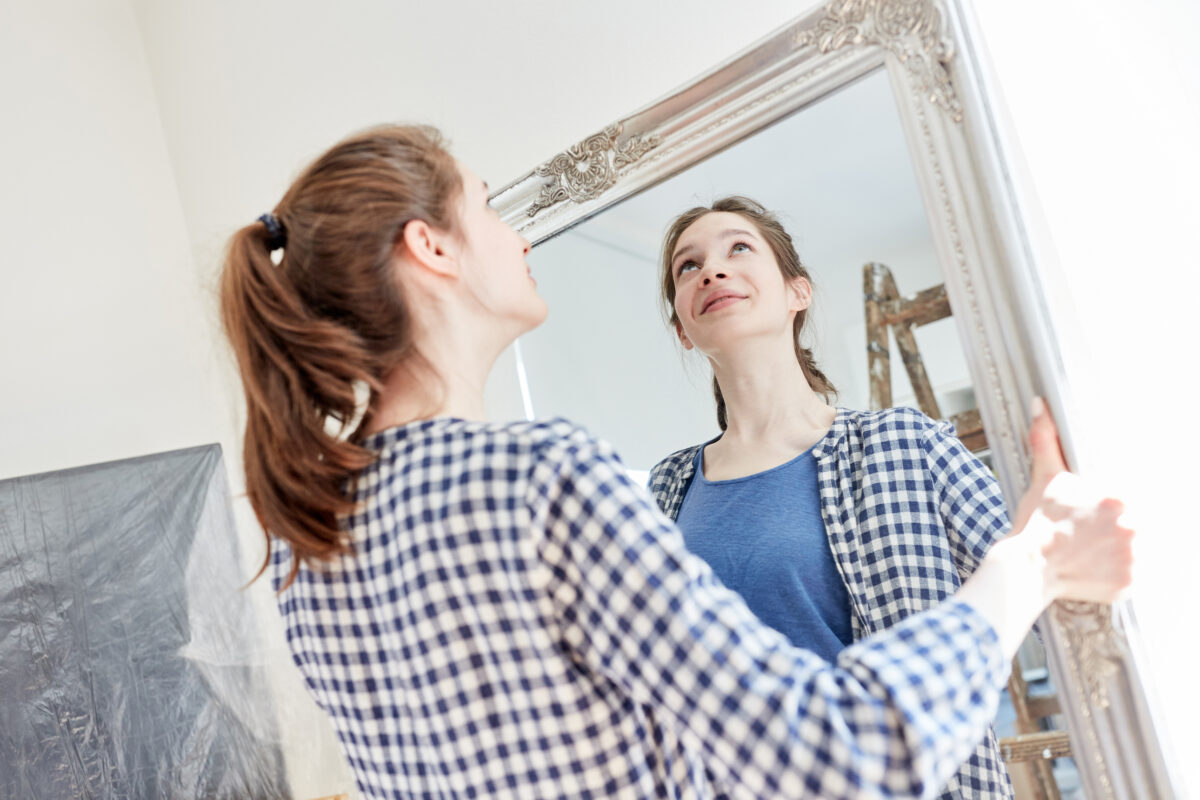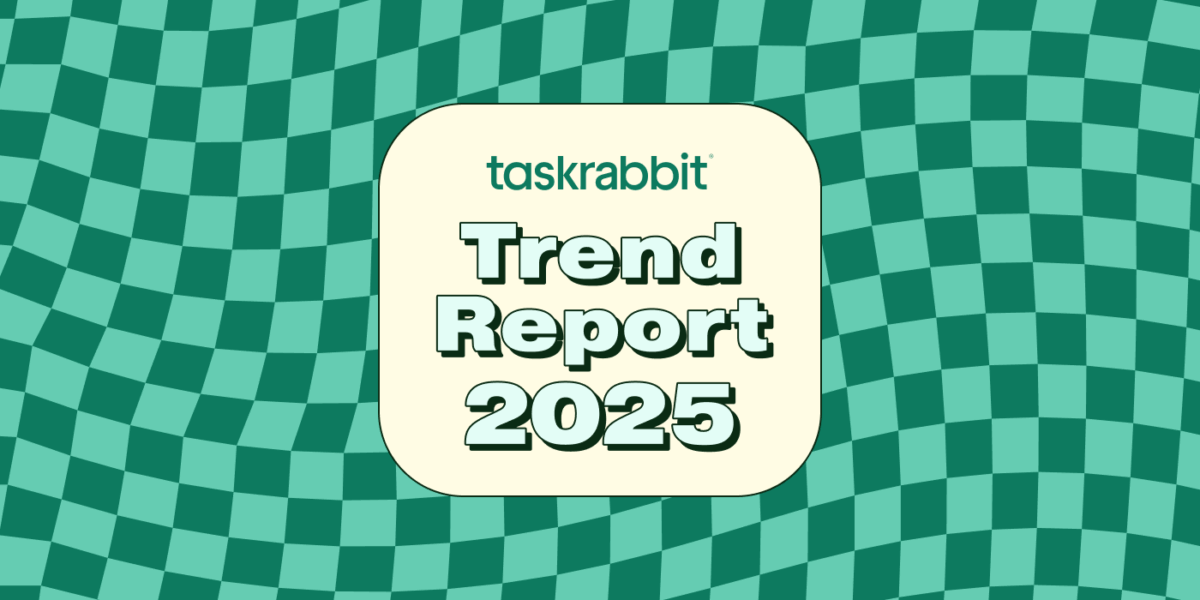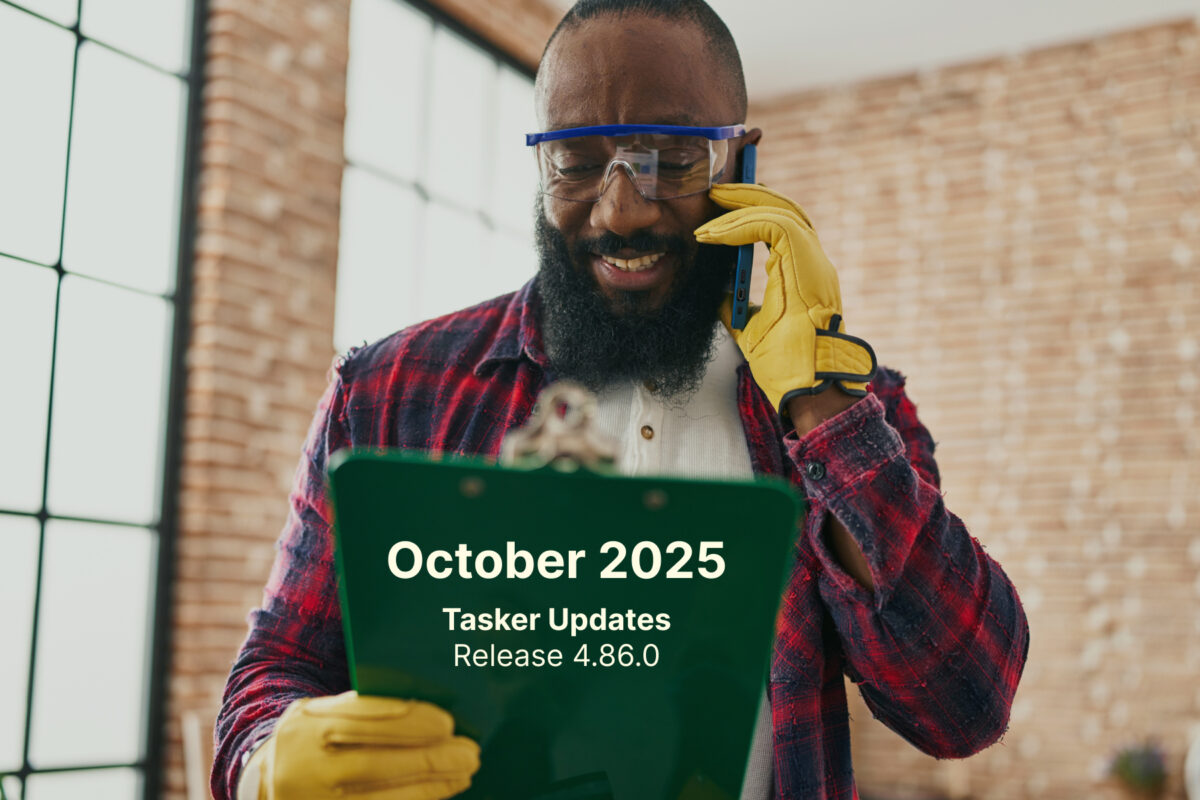Beautiful wallpaper prints have the power to completely transform a space and also happen to be a major interior design trend right now. Wallpapering can breathe new life into a home office, make a splash in an entryway, or create a playful environment in your kids’ room.
From an accent wall to a mural, the type of wallpaper you choose depends on factors like how much time you want to invest, your budget, the type of wall finish you have, whether you rent or own, and how long you want the wallpaper to last. Keep reading to learn more about which wallpaper type is right for your home.
Wallpaper Types
Unpasted Wallpaper
Out of all of the different wallpaper types, hanging unpasted wallpaper is by far the biggest undertaking. While this type of wallpaper will last you the longest, the process can be time consuming and a bit messy. In addition to gauging the right amount of wallpaper and paste to use, application prep involves:
- Priming your walls
- Laying out wallpaper strips on a surface that can get messy, in preparation for applying paste
- Applying paste on the top half of the back of the strip and gently fold (don’t bend), repeat for the lower half. This ensures consistent adhesion across the entire surface
- Waiting for the water and glue to “book”–soak into the paper–according to the suggested time for your specific wallpaper
- Stick the top half of the strip along your measured line on the wall, and smooth out bubbles
- Making sure you overlap onto adjacent wall when applying to a corner, to make sure you have enough paper for a clean corner
- Repeating for lower half
- Trimming excess
- Removing excess glue
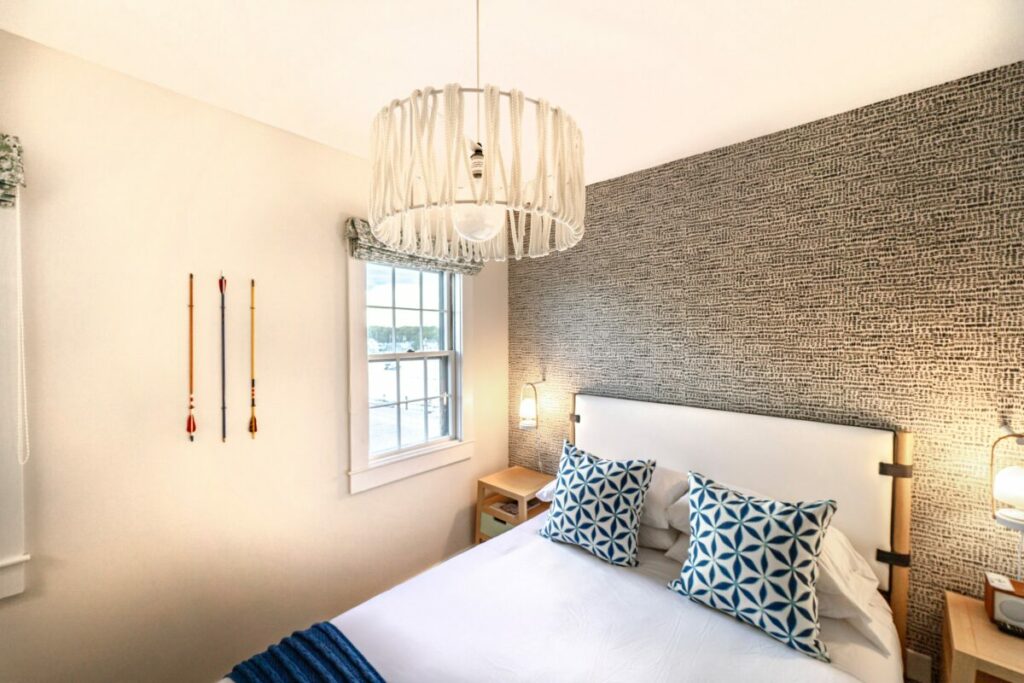
Pre-Pasted Wallpaper
Pre-pasted wallpaper comes with an adhesive that is activated with water and doesn’t last as long as the unpasted option. The application process involves:
- Applying a good amount of moisture for the glue to stick, being careful to not use too much water on the paste (which can make the paper too damp or weaken the glue).
- Using a spray bottle to activate the adhesive
- Folding the strip in half so the sides with paste touch, which activates the glue. This ensures consistent adhesion across the entire surface
- Removing excess glue once hung with a damp cloth
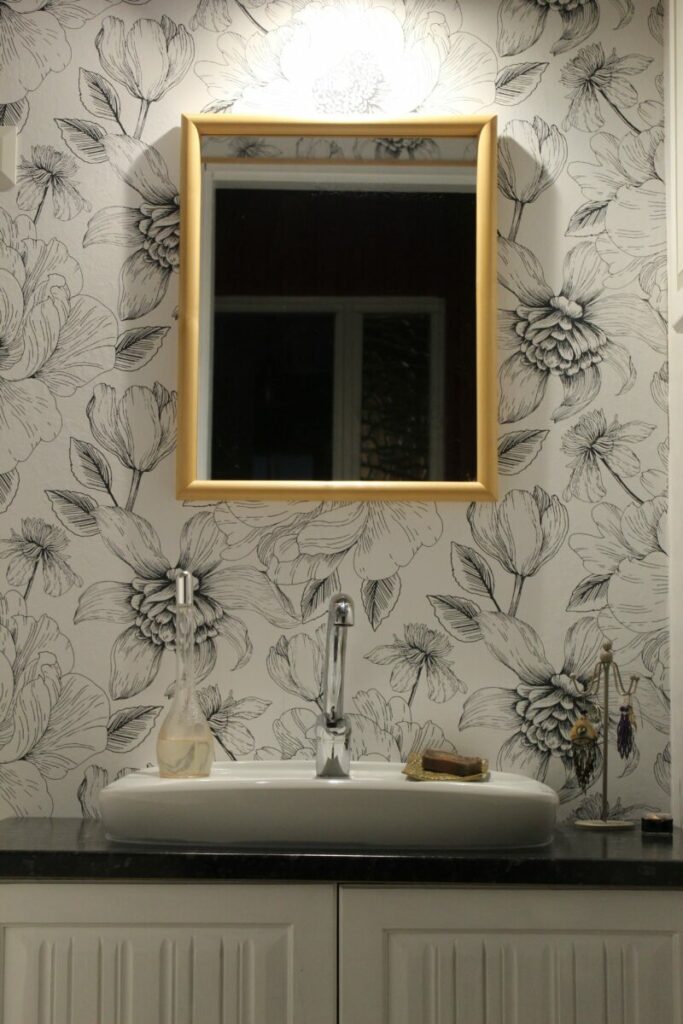
Peel and Stick Wallpaper
While peel and stick wallpaper has become popular among DIYers, it’s still a pretty big project–especially for larger walls or walls with windows, doors, or other challenging dimensions to measure. However, out of all of the wallpaper options, peel and stick wallpaper is the most forgiving and the best option for renters looking to spruce up their space without making the long term commitment. The application process involves:
- From top to bottom, peeling off the backing and apply slowly and carefully, smoothing bubbles as you go as well as after you’ve applied
- Overlapping the top and bottom edges and plan to trim excess
- Smoothing the entire surface and planning to re-apply if there are air pockets (you can use your hand but it’s best to use a wallpaper smoothing tool)
Need some help getting started?
Whichever type of wallpaper type you choose and no matter how many walls you want to cover, Taskers can help.
Last updated on August 30, 2024 by Matt Beier

